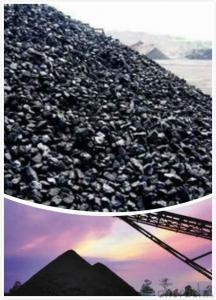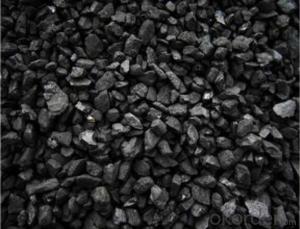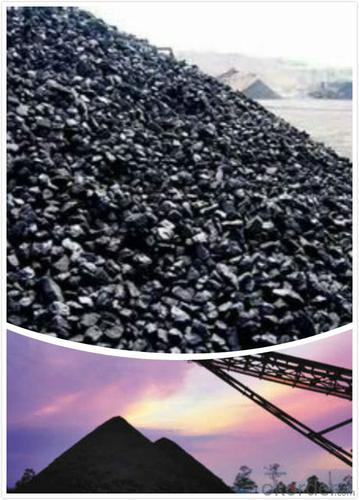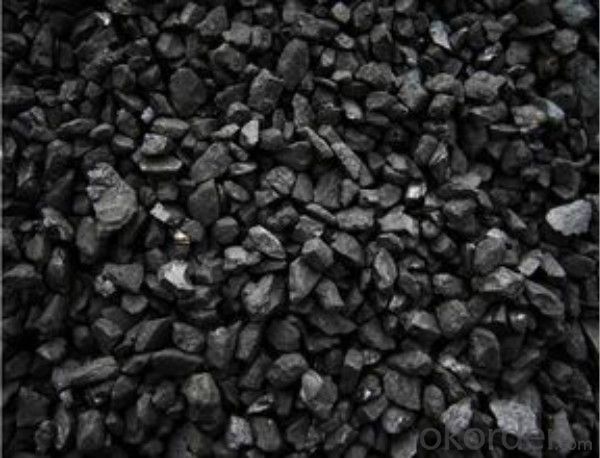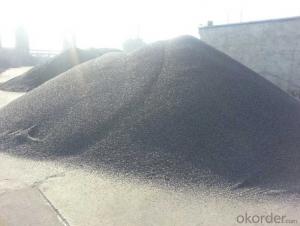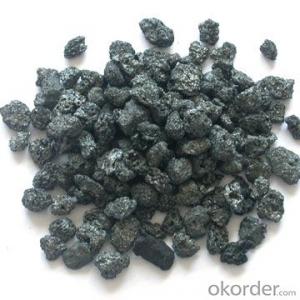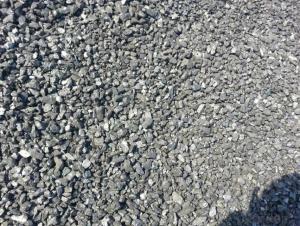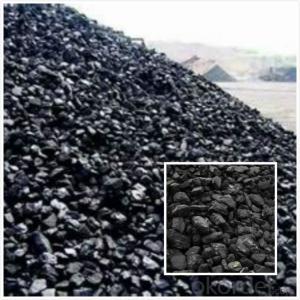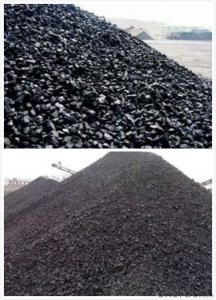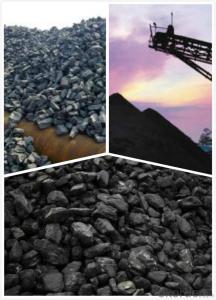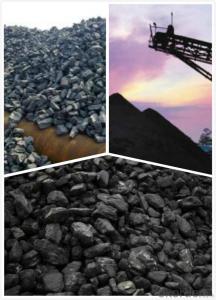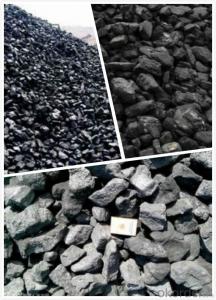High Quality Foundry Coke of China Supplier
- Loading Port:
- Qingdao
- Payment Terms:
- TT OR LC
- Min Order Qty:
- 1500 m.t
- Supply Capability:
- 15000 m.t/month
OKorder Service Pledge
OKorder Financial Service
You Might Also Like
Product Description
The coke handled by our couporation is made from superior coking coal of Shanxi province. Provided with the dvantages of low ash, low sulphur and high carbon.Our coke is well sold in European,American,Japanese and South-east Asian markets. Our owned Coke plant are located in Shanxi Province and supplying of you many kinds of coke.
Features
This is a special coke that is used in furnaces to produce cast and ductile iron products. It is a source of heat and also helps maintain the required carbon content of the metal product. Foundry coke production requires lower temperatures and longer times than blast furnace coke.
Specification
Fixed Carbon | Sulphur Content | Moisture | V.Matter | Ash |
86%min | 0.7%max | 5%max | 1.2%max | 12%max |
88%min | 0.65%max | 5%max | 1.5%max | 10%max |
85%min | 0.8%max | 15%max | 2%max | 13.5%max |
Size: 60-90mm,90-120mm,120-150mm,150-180mm and so on.
Pictures

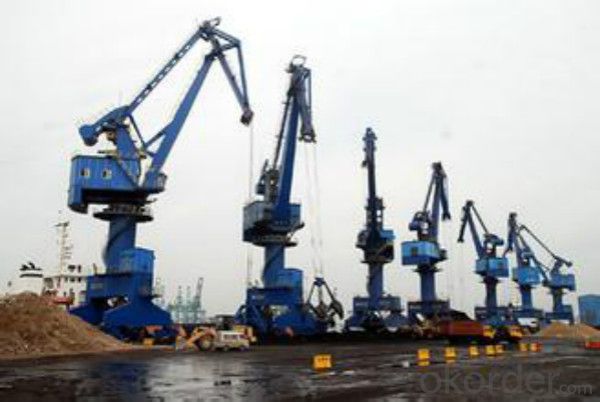
FAQ:
1 How long can we deliver the cargo?
Within 30 days after receiving the LC draft or down payment
2 Time for after-sales?
1 year.
3 How about payment terms?
L/C, D/P, T/T with down payment
- Q: How does carbon affect the taste of food and beverages?
- Carbon can affect the taste of food and beverages by either enhancing or altering their flavor profiles. In the case of carbonated beverages, the added carbon dioxide creates a bubbly sensation, which can give a refreshing and lively mouthfeel. Carbonation also enhances the perception of acidity and can balance the sweetness in some drinks. On the other hand, when carbon-based compounds, such as those found in charred or grilled food, come into contact with heat, they can create smoky or burnt flavors that add depth and complexity to certain dishes. Overall, carbon plays a significant role in influencing the taste and sensory experience of various food and beverage products.
- Q: What are the advantages of carbon-based batteries?
- Carbon-based batteries, such as alkaline batteries, have become a popular choice in various applications due to their numerous advantages. Firstly, their longer shelf life sets them apart from other battery types. They have the ability to retain their charge for extended periods, making them particularly suitable for devices that are infrequently used or for emergency situations. In addition, carbon-based batteries offer a higher energy density, enabling them to store more energy in a compact package. This makes them lightweight and convenient for portable electronic devices like smartphones, laptops, and cameras. Moreover, these batteries have a lower self-discharge rate, meaning they lose less charge over time when not in use. As a result, they can maintain their power for longer periods without the need for frequent recharging or replacement. Furthermore, carbon-based batteries possess a higher discharge rate, allowing them to deliver power quickly when required. This is especially advantageous for devices that demand a sudden burst of energy or for high-drain applications like digital cameras or power tools. Another notable advantage of carbon-based batteries is their cost-effectiveness. They are readily available, inexpensive to produce, and can be easily recycled, thereby reducing their environmental impact. In conclusion, carbon-based batteries offer a range of benefits, including a longer shelf life, higher energy density, lower self-discharge rate, higher discharge rate, cost-effectiveness, and environmental friendliness. These features make them a reliable and efficient choice for a wide array of electronic devices and applications.
- Q: What is the effect of carbon equivalent on welding?
- The greater the carbon equivalent, the greater the tendency to harden the welding material, and the cold crack is likely to occur in the welding area.Carbon equivalent is related to hardening and cold crack tendency due to welding heat:When the carbon equivalent is large, the martensite structure which is easy to harden in the welding heat affected zone is sensitive to crack and hydrogen quenching. Hardening causes more lattice defects. In the condition of stress and thermal imbalance in the weld, the lattice defect is called the crack source, which increases the tendency of cold crack in the weld.
- Q: What are the impacts of carbon emissions on human respiratory diseases?
- Carbon emissions, particularly those from burning fossil fuels, have significant impacts on human respiratory diseases. The release of carbon dioxide and other greenhouse gases into the atmosphere contributes to climate change, which in turn affects air quality and worsens respiratory conditions. One of the main consequences of carbon emissions is the increase in air pollution. Fossil fuel combustion releases various pollutants, such as nitrogen oxides, sulfur dioxide, and particulate matter, which can irritate and damage the respiratory system. These pollutants can trigger and exacerbate respiratory diseases such as asthma, bronchitis, and chronic obstructive pulmonary disease (COPD). They can also lead to the development of respiratory infections and reduce lung function, making individuals more susceptible to respiratory illnesses. Climate change, driven by carbon emissions, also worsens respiratory health. Rising temperatures and changing weather patterns contribute to the proliferation of allergens and air pollutants, leading to more frequent and severe allergic reactions and exacerbations of respiratory conditions. Additionally, climate change can extend the pollen season and increase the production of mold spores, triggering asthma attacks and other respiratory symptoms. Furthermore, carbon emissions contribute to the formation of ground-level ozone, a harmful pollutant. Higher temperatures and increased sunlight due to climate change promote the chemical reactions that produce ozone. Ground-level ozone can irritate the airways, causing coughing, shortness of breath, and chest pain. It can also worsen existing respiratory diseases and impair lung function, particularly in vulnerable populations such as children, the elderly, and people with pre-existing respiratory conditions. In summary, carbon emissions have profound impacts on human respiratory diseases. They contribute to air pollution, which aggravates respiratory conditions and increases the risk of respiratory infections. Additionally, climate change, driven by carbon emissions, intensifies the production of allergens and air pollutants, exacerbating respiratory symptoms and reducing lung function. Taking effective measures to reduce carbon emissions is crucial not only for mitigating climate change but also for safeguarding respiratory health.
- Q: How does carbon impact the pH balance of oceans?
- Ocean acidification is caused by the absorption of carbon dioxide (CO2) released into the atmosphere by the oceans. This absorption leads to an increase in the acidity of the water, as the CO2 reacts with seawater to form carbonic acid. The carbonic acid then releases hydrogen ions, which further contribute to the acidity of the water. The increased acidity of the oceans has harmful consequences for marine life and ecosystems. Many marine organisms, including coral reefs, shellfish, and phytoplankton, rely on calcium carbonate to create their shells and skeletons. However, in more acidic waters, the availability of calcium carbonate decreases, making it difficult for these organisms to maintain their structures. This can result in weakened shells, stunted growth, and even death. Ocean acidification also affects the reproductive and physiological processes of marine organisms. For instance, it can interfere with the development of fish larvae and disrupt the ability of certain species to detect predators or locate food. Moreover, the increased acidity can harm the organisms that rely on these species for sustenance, thus causing a ripple effect throughout the food chain. Additionally, ocean acidification can have a profound impact on the overall health and functioning of marine ecosystems. Coral reefs, often referred to as the "rainforests of the sea," serve as habitats for a wide range of marine species. However, as the acidity of the oceans rises, coral reefs become more susceptible to bleaching and ultimately dying off. This loss of coral reefs would result in catastrophic consequences for the biodiversity and productivity of marine ecosystems. To summarize, the rise in atmospheric carbon dioxide levels leads to the absorption of CO2 by the oceans, resulting in ocean acidification. This process disturbs the pH balance of the oceans, making them more acidic. The increased acidity has detrimental effects on marine life, including the ability of organisms to build their structures, reproduce, and function within their ecosystems. It is imperative to address the issue of carbon emissions in order to mitigate the negative impacts of carbon on the pH balance of oceans and safeguard the health and integrity of marine ecosystems.
- Q: How does carbon affect the properties of steel?
- Carbon is a crucial element in the production of steel and plays a significant role in determining its properties. The amount of carbon present in steel has a direct impact on its hardness, strength, and overall performance. By adding carbon to iron, the base metal of steel, it becomes significantly stronger and more durable. This is because the carbon atoms are able to occupy the spaces between iron atoms, preventing the metal from sliding or deforming easily. The higher the carbon content, the harder and stronger the steel becomes. Moreover, carbon also influences the steel's ability to be heat treated and its response to various manufacturing processes. When steel is heated and rapidly cooled, a process known as quenching, the presence of carbon allows for the formation of harder and more brittle structures, such as martensite. On the other hand, lower carbon content allows for the formation of softer and more ductile structures. In addition to its impact on strength and hardness, carbon also affects the steel's corrosion resistance. Higher carbon content can lead to reduced corrosion resistance, making the steel more susceptible to rust and other forms of degradation. This is why stainless steel, which contains a higher amount of chromium and low carbon content, is often chosen for applications where corrosion resistance is crucial. To summarize, carbon greatly influences the properties of steel. It enhances its strength and hardness, allows for heat treatment and response to manufacturing processes, and affects its corrosion resistance. The careful control of carbon content in steel is vital in order to achieve the desired properties for specific applications.
- Q: The difference between double offset paper and carbon free printing paper
- In general, we use office A4, A3, B5 and other specifications of office paper are better offset paper, excellent offset paper to UPM and APP for the domestic leader.55G-140G grams in general, some mills also produce high grams, generally belongs to industrial paper!Carbon free copy is just typing paper and coating. Paint is divided into two kinds, one kind of colored, one kind of colorless.Generally for 37G, 45G, 52G and other grams.
- Q: How is carbon dioxide released into the atmosphere?
- Carbon dioxide is released into the atmosphere through a variety of natural and human activities. One of the primary sources of carbon dioxide is the burning of fossil fuels such as coal, oil, and natural gas for energy production. When these fuels are burned, carbon dioxide is released as a byproduct of combustion. This happens in power plants, factories, and vehicles that rely on these fossil fuels for energy. Deforestation and land-use changes also contribute to the release of carbon dioxide into the atmosphere. Trees absorb carbon dioxide through photosynthesis, and when they are cut down or burned, the stored carbon is released back into the atmosphere. This is particularly significant in tropical rainforests, where large amounts of carbon are stored in vegetation. Additionally, natural processes such as respiration and volcanic eruptions release carbon dioxide into the atmosphere. Respiration is the process by which living organisms, including humans and animals, breathe in oxygen and exhale carbon dioxide as a waste product. Volcanic eruptions release carbon dioxide stored in magma and rock formations. Overall, the release of carbon dioxide into the atmosphere is a combination of both natural and human activities. However, human activities, particularly the burning of fossil fuels and deforestation, have significantly increased the levels of carbon dioxide in the atmosphere, leading to the greenhouse effect and climate change.
- Q: What is carbon fiber and how is it used?
- Made from thin strands of carbon atoms bonded together in a specific pattern, carbon fiber is a material that is both lightweight and incredibly strong. Its exceptional strength-to-weight ratio surpasses that of steel, while its weight is significantly lighter. The unique properties of carbon fiber make it widely used across various industries and applications. In the aerospace industry, it is a common choice for constructing aircraft components such as wings, fuselage sections, and engine parts. Its strength and lightness contribute to better fuel efficiency and overall performance. The automotive industry heavily relies on carbon fiber for manufacturing high-performance vehicles. Carbon fiber reinforced composites are utilized in the production of body panels, chassis components, and interior trims. By reducing the overall weight of vehicles, carbon fiber not only enhances structural integrity but also improves handling and fuel efficiency. Sports equipment manufacturers also incorporate carbon fiber into the production of sporting goods like tennis rackets, golf clubs, bicycles, and hockey sticks. The material's strength and stiffness result in improved performance, increased power transfer, and enhanced durability. Additionally, carbon fiber finds applications in the construction industry for reinforcing concrete structures, as well as in the manufacturing of wind turbine blades, boat hulls, and various other industrial components. Overall, carbon fiber is the preferred choice in industries requiring high-performance materials due to its exceptional strength, lightweight nature, and versatility. As advancements in manufacturing techniques and cost reduction efforts continue, its use is expanding to a wider range of applications.
- Q: How is carbon used in the production of cosmetics?
- Carbon is used in the production of cosmetics in various forms. It can be found in activated charcoal, which is used for its ability to absorb impurities and toxins from the skin. Carbon black, a pigment made from carbon, is used to provide color in cosmetics such as eyeliner, mascara, and lipstick. Additionally, carbon-based compounds like carbonates and carbomers are used as stabilizers and thickeners in cosmetic formulations.
Send your message to us
High Quality Foundry Coke of China Supplier
- Loading Port:
- Qingdao
- Payment Terms:
- TT OR LC
- Min Order Qty:
- 1500 m.t
- Supply Capability:
- 15000 m.t/month
OKorder Service Pledge
OKorder Financial Service
Similar products
Hot products
Hot Searches
Related keywords
